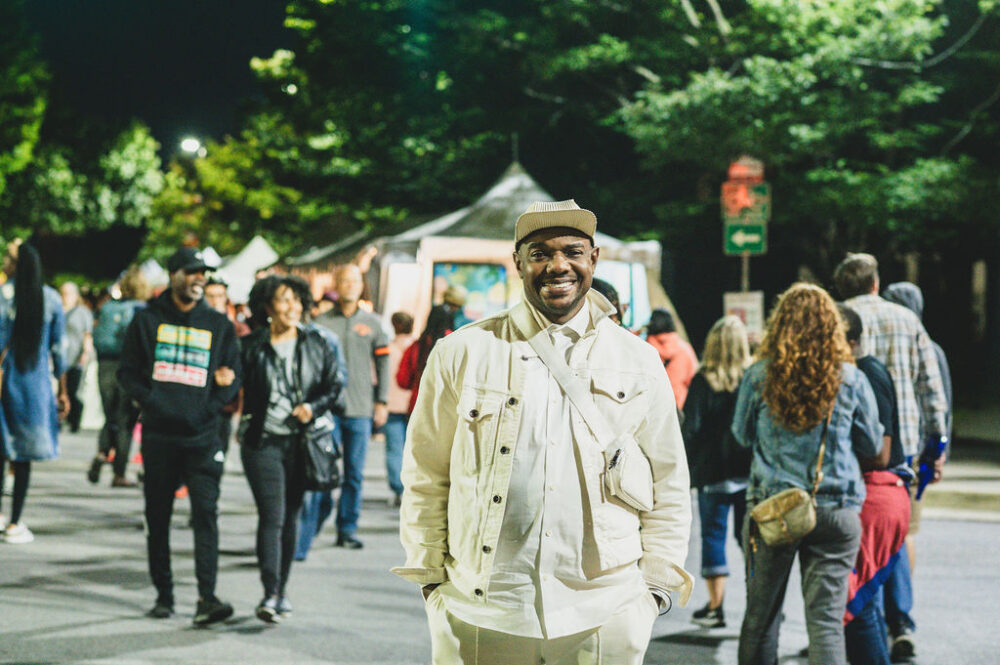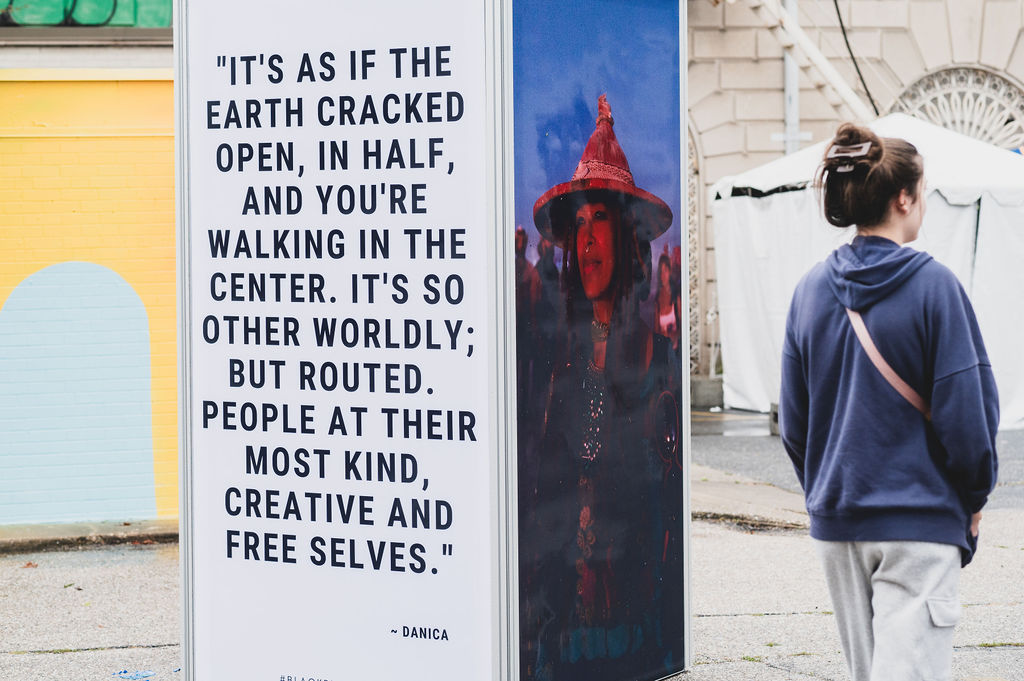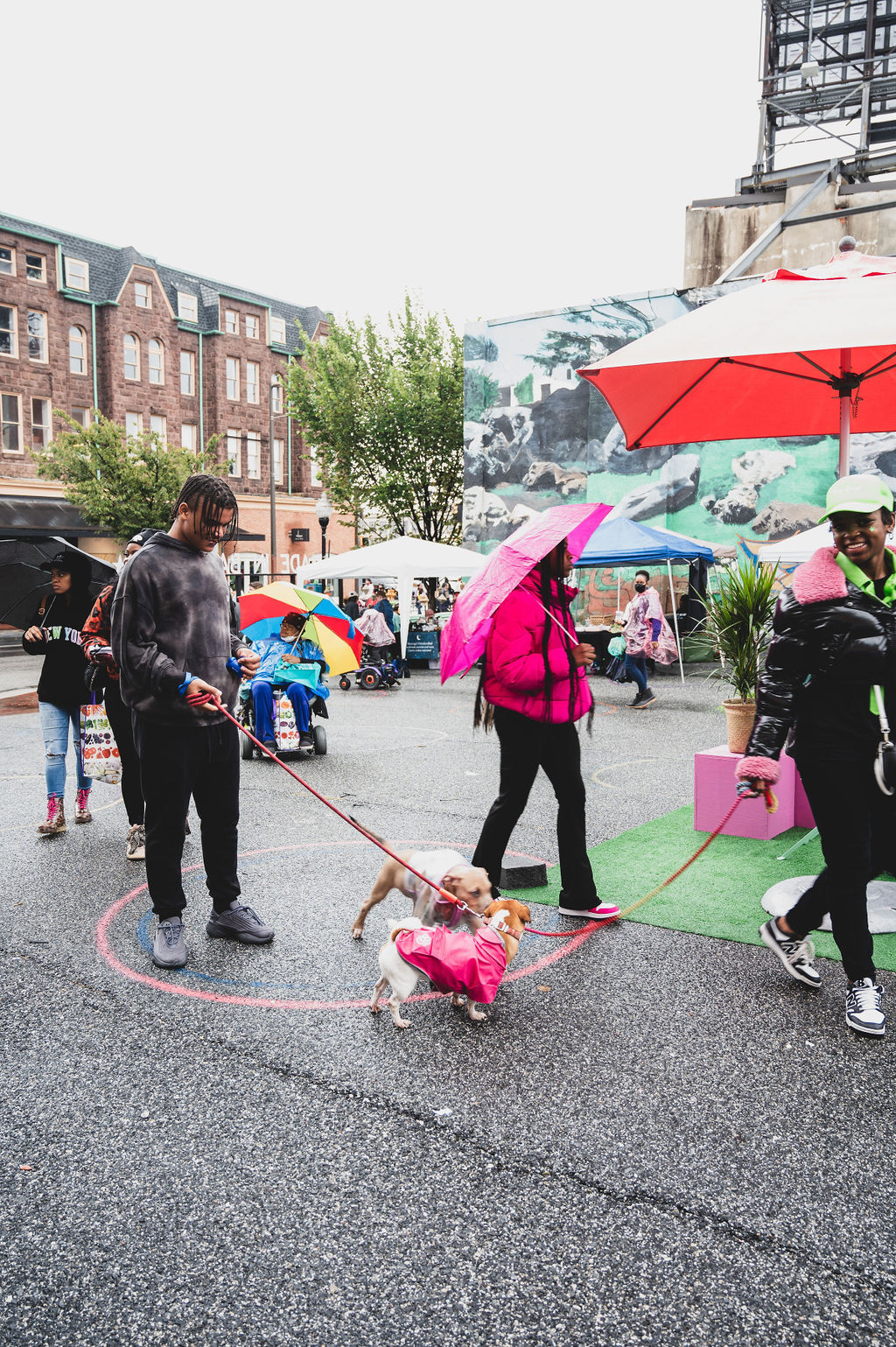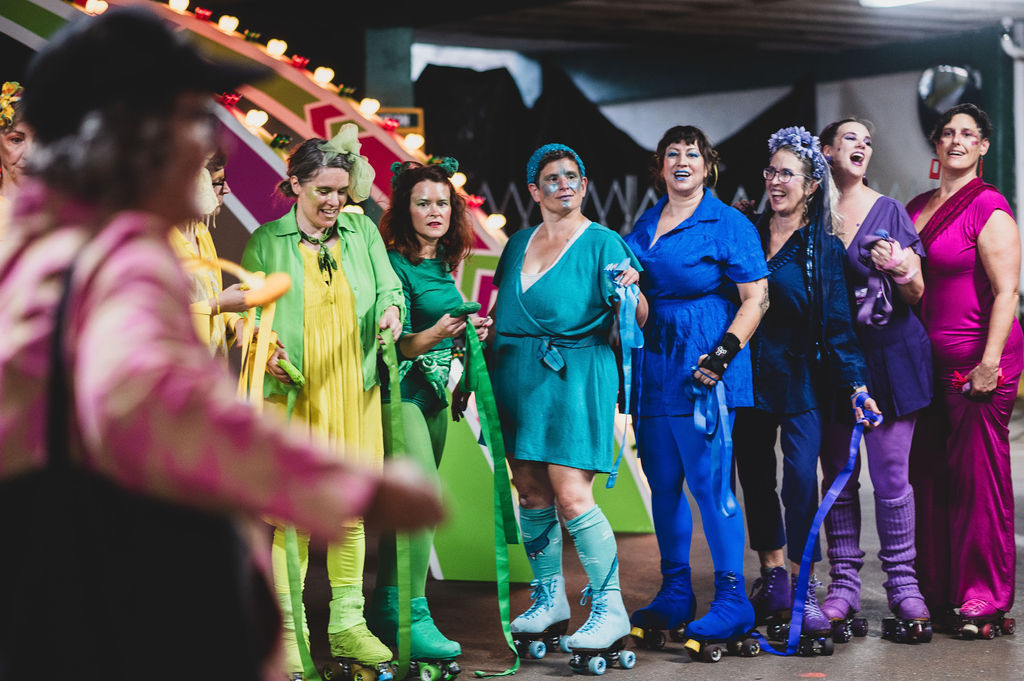Throughout Artscape weekend, and in particular its reprieve during the tropical storm intermission, the general discussion among attendees and peers oscillated between Artscape recollections and visions for its future, from it transforming into a nighttime-only operation, or back to summer but including a siesta to beat the heat. September, while usually mild, is also hurricane season in a coastal city, a move that seems to present the same amount of obstacles as the climate change furnace that July in Baltimore has become in recent years.
Ending my night at Comptoir du Vin for dinner before TSU and TT the Artist’s blistering dance performance on Maryland Avenue (and one of the only places mostly hidden from the club music) I thought about what Artscape means, in all its imperfection, in a city like Baltimore in this moment in time.
To myself and the many participants I talked to, Artscape’s indelible silver lining is its spontaneity and serendipity, where humanity and creativity cross paths, and even the accidental community that freak weather events cause—such as chasing down a floating sculpture in a rainstorm with random passersby. In my own memory, it was the importance of what happened in or around Artscape rather than the events themselves, an accidental endorsement of the importance of street activation and city organized cultural events—life happens.
Kelly Xio, poet and curator, told me that her and poet Anna Crook’s long running Tender FM poetry series from the Crown’s Halcyon days, would not have been possible without a random Artscape poetry reading in which they became fast friends.
Another friend shared an anecdote of a failed art piece on the bridge which quickly became an emperor’s new clothes style performance work in which said friend acted as a carnival barker to convince passerby to enter into a tent that conspicuously had nothing in it. This would illuminate aspects of her own later art practice, an accidental Dadaist self-reveal.
And still another brought up that she met her husband at Artscape, two Baltimoreans fittingly moving in concentric social circles until they found one another, like most of us, at the corner of North and Charles.
The Artscape B23 exhibition featured the work of: Rodney Jones II, Julianna Dail, Christopher Batten, Ann Stoddard, Bliss Army Knife, Jeffrey Felten-Green, Ernest Shaw, Corey Baker, Mark West, Joan Cox, Alexander D’Agostino, Kyle Yearwood, Kim Rice, Miranda Ratner, Ann Sofie Clemmensen, Sheila Crider, Bishear Allen, Derrick Smith, Brad Ziegler, Kolpeace, Jennifer McBrien, Ainsley Burrows, Arit Emmanuela Etukudo, and Eugene Coles.















































